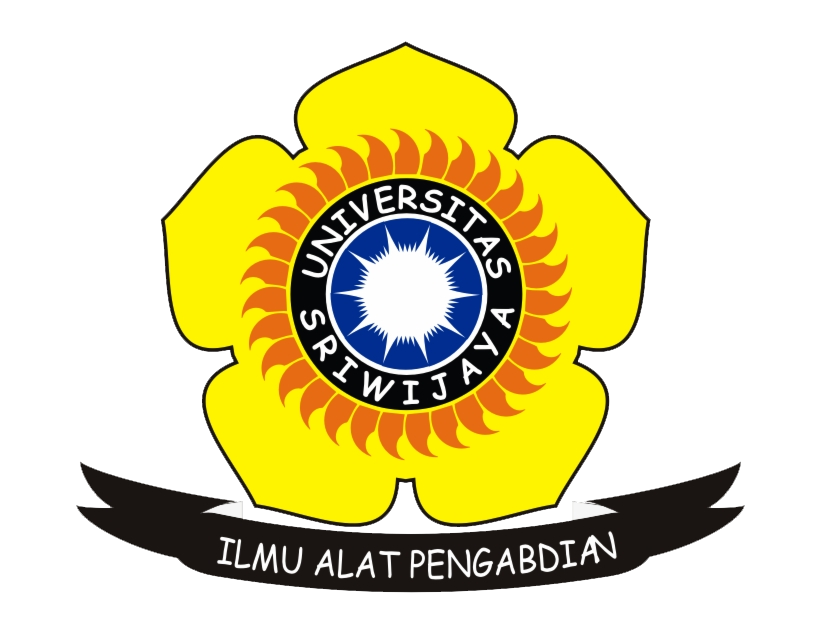Analysis of Residual Stress and Strain on The Formation of Workpiece Based Ansys 12.1
DOI:
https://doi.org/10.36706/jmse.v2i2.15Keywords:
residual stress, deformation plastic, machining processesAbstract
Machining process to produce plastic deformation on the workpiece. Plastic deformation during the machining process are formed by friction against the cutting tools to workpieces generate furious. During the deformation process appearance residual stress on the surface which can affect the fatigue resistance, fracture strength, and corrosion. Failure in the component structure is not only due to external forces, residual stress is an important parameter in this case. The purpose of this study to analyze the residual stresses that occur on the workpiece from turning process. In the analysis performed using the Finite Element Method (FEM) with the software to obtain the desired results by entering input data including modeling of cutting tools and the workpiece. The result is a visual overview of the residual stress in the workpiece and areas of plastically deformed as a result of feeding from the cutting tools motion. 2D visual modeling using the software Ansys 12.1 with three comparison rake angle 5º, 10º.15º to determine the result of the residual stress on the surface of the workpiece.
Downloads
References
. G.,1989. Fundamentals of Machining and Machine Tools. Publisher :MARCEL DEKKER, INC. Amerika Serikat.
. Cherng Su, J. (2006). Residual Stress Modeling in Machining Procesess. Georgia Institute of Technology.
. Chukwujekwu, A. (2001). Finite Element Modeling and Simulation of Residual Stresses, Cutting Forces and Temperature in Orthogonal Machining of Titanium Alloy.
. Groover, M. P. (2010). Foundamental of Modern Manufacturing. Danvers:John Wiley & Sons, Inc.
. Noyan, I. (1987). Residual Stress : Measurement by Diffraction and Interpretation. New York: Springer- Verlag. x, 276 p.
. Outeiro, J. C., D, Umberello, & R, M'saoubi (2005). Experimental and numerical modelling of the residual
stresses induced in orthogonal cutting of AISI 316L steel.
. Prasad, C. S. (2009). Finite Element Modeling to Verify Residual Stress in Orthogonal Machining.
. Rochim, T., 2007. Proses Pemesinan Buku 1 Klarifikasi Proses, Gaya & Daya Pemesinan. Publisher :ITB.Bandung.
. Rochim, T., 2007. Proses Pemesinan Buku 2 Perkakas & Sistem Pemerkakasan Umur Pahat, Cairan Pendingin Pemesinan. Publisher : ITB. Bandung.
. Sharavankumar, & S, B. K. (2013). A Finite Analysis Of Orthogonal Machining Using Different Tools Edge Geometries And End Relief Angle. International Journal of Engineering Researce & Technology .
. Supriadi. (2008). Proses Pemotongan Logam. Analisa Gaya, Daya, dan Energi Pemotongan Spesifik Serta Kondisi Pemotongan Moderat pada Pemesinan Kering (Baja Karbon AISI 1045 - Pahat Karbida tak berlapis WC + 6 % Co, Tipe K).
. Totten, G. (2002). Handbook of Residual Stress and Deformation ofSteel. Ohio: ASM International.
. Widarto. (2008). Teknik Pemesinan jilid 1. Jakarta.











